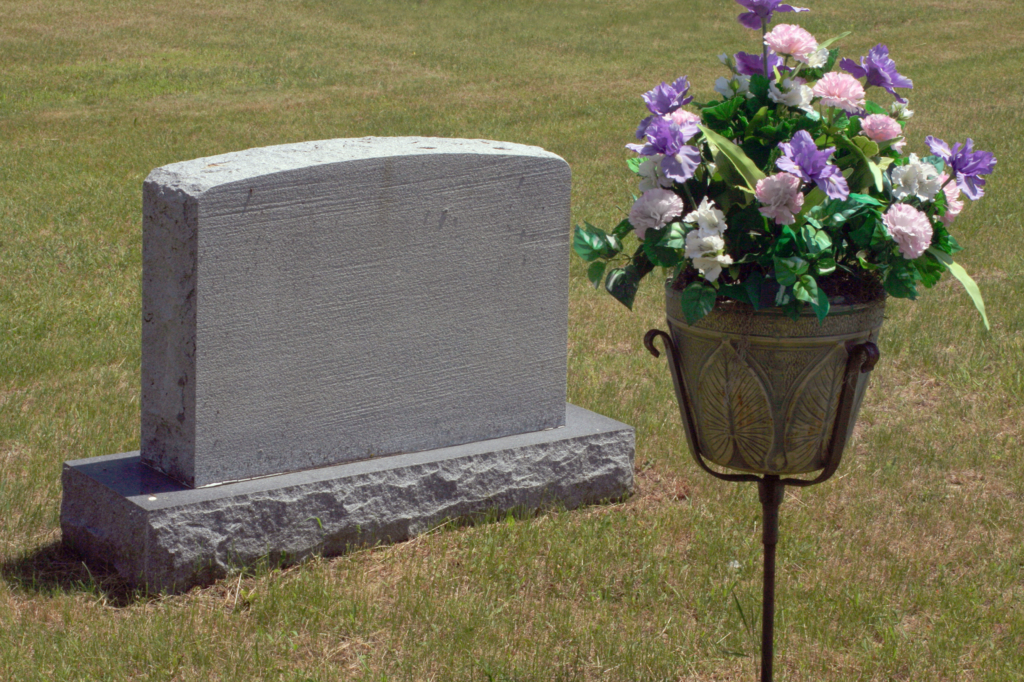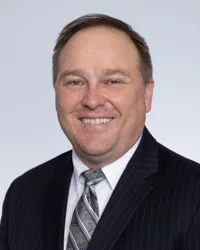Plotting a path forward on death claims strategy can be full of uncertainty, especially when it’s unclear whether there are any dependents.
Dependency is always one of the first issues to come up as all parties evaluate industrial death claims, because the Labor Code mandates that defendants must write a large check to the Death Without Dependents Unit (DWD) in industrial death cases with no dependents.
Why does that rule exist? Well, lawmakers wanted to come up with a public policy reason to incentivize defendants to find dependents and pay them death benefits, as opposed to fighting every case on dependency issues. Thus, when an industrial death claim arises, one can find a dependent, or one can pay the state.

Part of the reason for this public policy is that dependency can be tricky to prove. After all, the key person to the evaluation of the dependency process is unfortunately no longer with us, and locating records to prove who the decedent helped support can be tough after the fact.
But sometimes, there are no obvious dependents, and one has to look much closer.
When that situation arises, a common question is – how long does a defendant have to search for dependents before they have to contact the DWD?
The answer is quite literally a lawyer’s answer, which is “a reasonable” amount of time. While your humble blogger is indeed a lawyer, it does appear that the relevant statute was written to give defendants some leeway in finding potential dependents. That statute is Labor Code 4706.5(g), which starts out as follows:
(g) When, after a reasonable search, the employer concludes that the deceased employee left no one surviving who is entitled to a dependency death benefit, and concludes that the death was under circumstances that would entitle the employee to compensation benefits, the employer may voluntarily make the payment referred to in subdivision (a). Payments so made shall be construed as payments made pursuant to an appeals board findings and award. Thereafter, if the appeals board finds that the deceased employee did in fact leave a person surviving who is entitled to a dependency death benefit, upon that finding, all payments referred to in subdivision (a) that have been made shall be forthwith returned to the employer, or if insured, to the employer’s workers’ compensation carrier that indemnified the employer for the loss.
The last sentence of that paragraph has great value for defendants too.
In summary, it says that if:
- A defendant has already paid death benefits to the DWD because they couldn’t find any dependents
- Only to subsequently have a real dependent appear
- Then the DWD is supposed to return that money to the defendant
CONCLUSION
Nobody wants anyone to die at work. But when that worst-case scenario happens and death benefits are definitely owing, it’s good to know that the Labor Code gives defendants plenty of time to search for potential dependents and offer them money.
Got a question about workers’ compensation defense issues? Feel free to contact the authors of this blog, John P. Kamin and Amir F. Adil. Mr. Adil is an equity partner, and managing partner of business research, development, and sustainability at Bradford and Barthel’s San Jose office. Mr. Kamin is a workers’ compensation defense attorney and partner at Bradford & Barthel’s Woodland Hills location, where he monitors the recent legislative affairs as the firm’s Director of the Editorial Board. Please feel free to contact John at jkamin@bradfordbarthel.com or at (818) 654-0411, or Amir at aadil@bradfordbarthel.com or at 408.392.8202.
Viewing this website does not form an attorney/client relationship between you and Bradford & Barthel, LLP or any of its attorneys. This website is for informational purposes only and does not contain legal advice. Please do not act or refrain from acting based on anything you read on this site. This document is not a substitute for legal advice and may not address every factual scenario. If you have a legal question, we encourage you to contact your favorite Bradford & Barthel, LLP attorney to discuss the legal issues applicable to your unique case. No website is entirely secure, so please be cautious with information provided through the contact form or email. Do not assume confidentiality exists in anything you send through this website or email, until an attorney/client relationship is formed.



